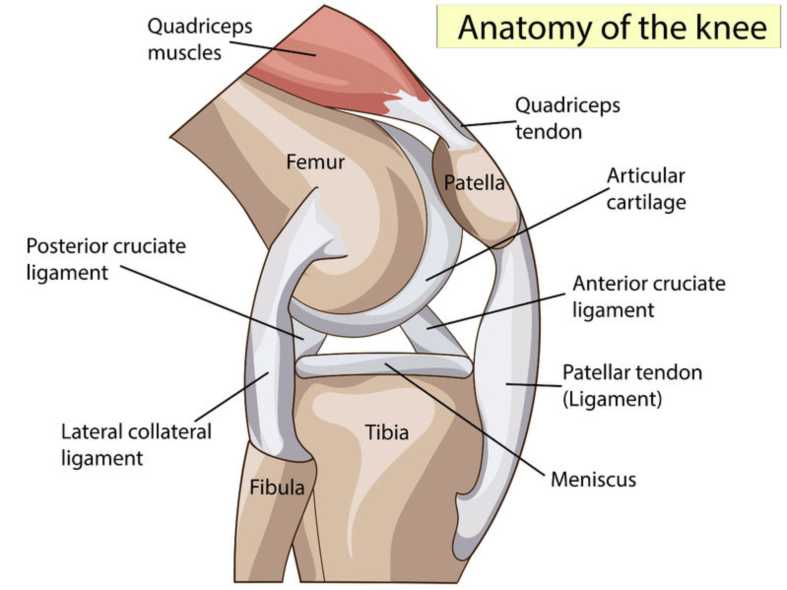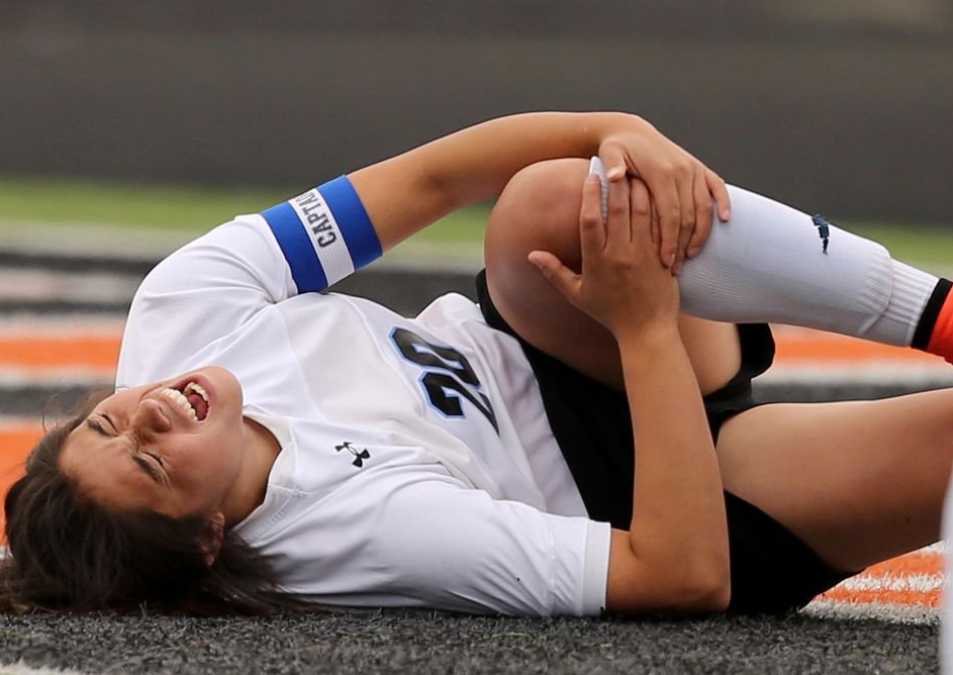Do you require any assistance? Simply reserve your appointment online below
Quadriceps tendon tear
Comprehensive care under one roof
Quadriceps tendon tear
Tendons are strong cords of fibrous tissue that attach muscles to bones. The quadriceps tendon works with the muscles in the front of your thigh to straighten your leg.
Small tears of the tendon can make it difficult to walk and participate in other daily activities. A large tear of the quadriceps tendon is a disabling injury. It usually requires surgery and physical therapy to regain full knee function.
Quadriceps tendon tears are not common. They most often occur among middle-aged people who play running or jumping sports.

Symptoms of Quadriceps tendon tear

When a quadriceps tendon tears, there is often a tearing or popping sensation. Pain and swelling typically follow, and you may not be able to straighten your knee. Additional symptoms include:
An indentation at the top of your kneecap where the tendon tore
Bruising
Tenderness
Your kneecap may sag or droop because the tendon is torn
Difficulty walking due to the knee buckling or giving way
Causes of Quadriceps Tendon Tear
Injury
A quadriceps tear often occurs when there is a heavy load on the leg with the foot planted and the knee partially bent.Think of an awkward landing from a jump while playing basketball. The force of the landing is too much for the tendon and it tears.
Tears can also be caused by falls, direct force to the front of the knee, and lacerations (cuts).
Tendon Weakness
A weakened quadriceps tendon is more likely to tear. Several things can lead to tendon weakness.
Tendinitis.
Inflammation of the quadriceps tendon, called quadriceps tendinitis, weakens the tendon.
It may also cause small tears. Quadriceps tendinitis is most common in people who run and participate in sports that involve jumping..
Other causes of Quadriceps Tendon Tear
Chronic disease. Weakened tendons can also be caused by diseases that disrupt blood supply. Chronic diseases which may weaken the tendon include: Chronic renal failure, Conditions associated with renal dialysis, Gout, Leukemia, Rheumatoid arthritis, Systemic lupus erythematosus (SLE), Diabetes mellitus, Infection, Metabolic disease
Steroid use. Using corticosteroids has been linked to increased muscle and tendon weakness.
Fluoroquinolones. A special antibiotic has been associated with quadriceps tendon tears.
Immobilization. When you are off your feet for a prolonged period of time,muscles and tendons supporting your knees lose strength and flexibility.
Surgery. Although it is rare, quadriceps tears have occurred after a knee surgery or dislocation.

You are in Great Hands
Treatment of Quadriceps Tendon Tear

Immobilization. Your doctor may recommend you to wear a knee immobilizer or brace to keep your knee straight to help it heal. You will most likely need crutches to help you avoid putting all of your weight on your leg.
Physical therapy. Once the initial pain and swelling has settled down, physical therapy can begin. Specific exercises can restore strength and range of motion.
Exercises will gradually be added to your program. Straight leg raises to strengthen your quadriceps are often central to a physical therapy plan. As time goes on, your doctor or therapist will unlock your brace. This will allow you to move more freely with a greater range of motion.
Most people with complete tears, a large partial tear or a partial tear associated with tendon degeneration,will require surgery to repair the torn tendon. Surgical repair reattaches the torn tendon to the top of the kneecap. People who require surgery do better if the repair is performed soon after the injury. Early repair may prevent the tendon from scarring and tightening into a shortened position.
Procedure. To reattach the tendon, sutures are placed in the tendon and then threaded through drill holes in the kneecap. The sutures are tied at the bottom of the kneecap. Your surgeon will carefully tie the sutures to get the right tension in the tendon.
This will also make sure the position of the kneecap closely matches that of your uninjured kneecap. To reattach the tendon, small holes are drilled in the kneecap and sutures are threaded through the holes to pull the tendon back to the bone.
Internal fixation. During this type of procedure, the bone fragments are first repositioned (reduced) into their normal position. They are held together with special devices, such as an intramedullary rod or plates and screws.

